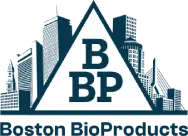Sodium Cacodylate
Sodium cacodylate buffer is an aqueous organic compound producing inorganic trivalent arsenic when metabolized with an effective pH buffering capacity in the range of 5.1 to 7.4. It is particularly valued for its compatibility with fixatives and its ability to maintain stable pH conditions during specimen preparation.
- Chemically stable under electron beam exposure, supporting artifact-free imaging
- Does not react with common contrast agents, preserving staining integrity
- Preserves fine cellular and subcellular detail for high-resolution imaging
Whether you're conducting transmission electron microscopy, scanning electron microscopy, or other ultrastructural studies, our sodium cacodylate buffer ensures reliable performance and high-quality results.
Read More

